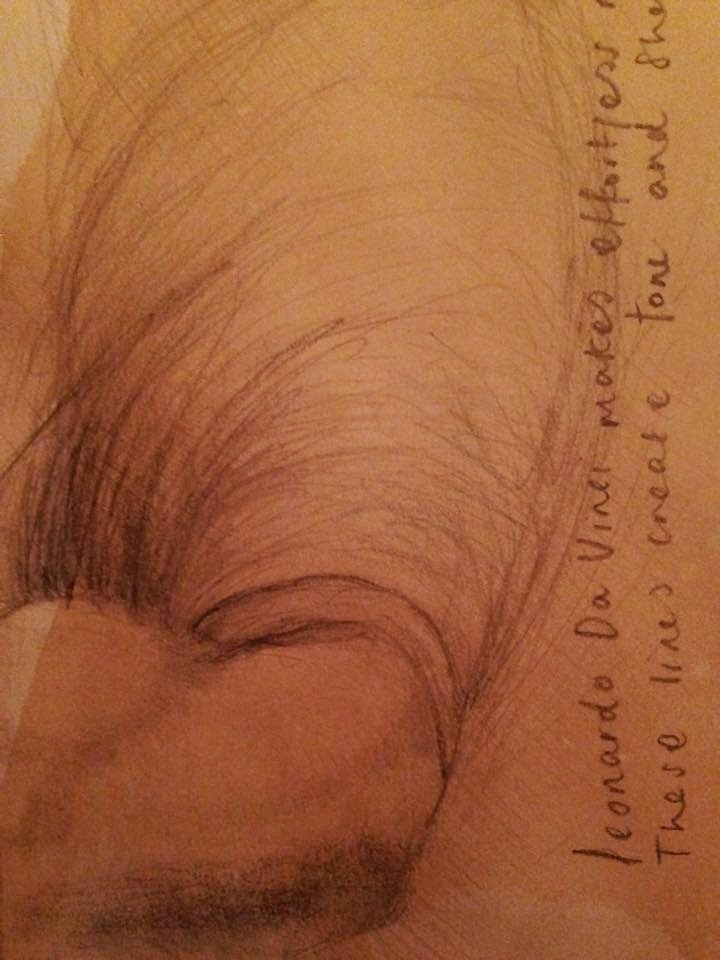Leonardo di ser Piero da Vinci, now known as Leonardo Da Vinci was born April 15, 1452 near Vinci, a town in Italy. Around 1483 Da Vinci moved to Milan to work as an engineer, painter, sculptor and architect; moving on from his previous job as being an apprentice in Florence to painter and sculptor Andrea del Verrocchio. For two years, 1495 to 1497, Da Vinci worked of the mural 'The Last Supper' in the Monastery of Santa Maria delle Grazie, Milan. In 1499 Da Vinci returned to Florence, in which time he painted several portraits, the famous and only surviving portrait from this period is the 'Mona Lisa'. Sadly, Leonardo Da Vinci died on 2 May 1519 near Amboise in France.
Leonardo Da Vinci was not only an artist; from the discovery of the surviving thousands of pages of his notebooks, it was discovered that he wrote and drew on other subjects including flight, gravity, optics, geology and anatomy(which he used in order to paint the form of the human body more accurately), and also 'invented' the helicopter, aeroplane, parachute and bicycle.
He was a true genius, an artist and scientist; this then made his paintings scientific due to his knowledge of the human body and they show how he understood the world. He influenced and still influences many artists.
|
|
| 'Head of a girl' 1483 - using metalpoint on paper |
|
|
| 'Drawing of a Woman's Torso' - ink on paper |
|
|
| 'Drawing of the Torso and the Arms' |
 |
| 'Study of hands' - metalpoint on paper |



